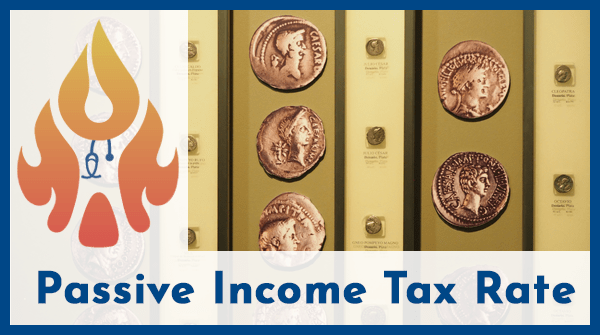

Make sure you don’t invest in anything that would create portfolio income. After all, your goal is to offset your passive losses through a safe, income-generating investment. Focus heavily on the business’s income so you can avoid creating more passive losses for yourself. In this case, the best investments are ones in businesses that are producing healthy net income for investors. You don’t need to only invest in physical real estate properties. You can always tap into real estate’s suspended passive losses to invest in another business. You will save taxes while also increasing your earning potential. While expanding the scope of your investments and generating more passive income, you will offset your other investment losses. If you’ve found the right investment and weighed its risks and potential, you can kill two birds with one stone. These kinds of investments will always be more matured, meaning they’ll be subject to less depreciation and are already producing a steady income. Other PIGs include private equity funds, or other investments that don’t require you to materially participate in their income-producing activities. You can invest in real estate directly or through trusts. Many of these investments will be in real estate. You can find many investments that are labeled as PIGs. You can use them to offset your passive losses. Passive Income Generators (PIGs) are investments you make that continually produce income. In this case, you need to start looking at strategies to “release” those passive losses.
#PASSIVE INCOME TAX PROFESSIONAL#
However, high-net worth individuals can’t deduct these losses unless they meet certain exceptions such as the Real Estate Professional status (see more below) or having a modified adjusted gross income of less than $150,000.

You net the passive gains and losses together and, if you qualify to deduct those losses, these losses will be used to offset your ordinary income. You include any qualifying passive losses alongside your passive gains on IRS Form 8582. Use this form to add up the total income and loss in different passive categories, including any losses carried over from the prior year. Generally, you add up your income and expenses for the passive investment year and if your expenses exceed your income, you have a loss. Passive losses are a complex topic with several stipulations. It’s time to look for passive income generators that can offset your losses. If you find your underutilized losses building up, there are a few things you can do. But if the property has a signed lease and produces the same monthly income for years, was it really a “bad” investment? For example, a condominium you purchase may depreciate over the course of a year. While depreciating value creates the impression of a bad investment, that’s not necessarily the reality. These losses can include factors such as an investment property’s depreciating value. Investments of all types, including real estate, will often create passive losses. Passive incomes typically come from activities that carry at least some risk. Passive income is any income created through an activity that you are not directly and materially involved in. Passive losses are any ordinary losses stemming from a passive income-producing activity. But passive income generators can be used to offset passive losses.

Passive income tax rates are still high, and passive losses can add to the financial burden that real estate investments creates.

Passive income is taxed with a different set of rules than the ones surrounding your ordinary income. The most common investment type for those in this situation is real estate. If you’re a high-net-worth earner, you’ve likely diverted some of your income into investments. Taxpayers with high ordinary incomes are highly taxed.


 0 kommentar(er)
0 kommentar(er)
